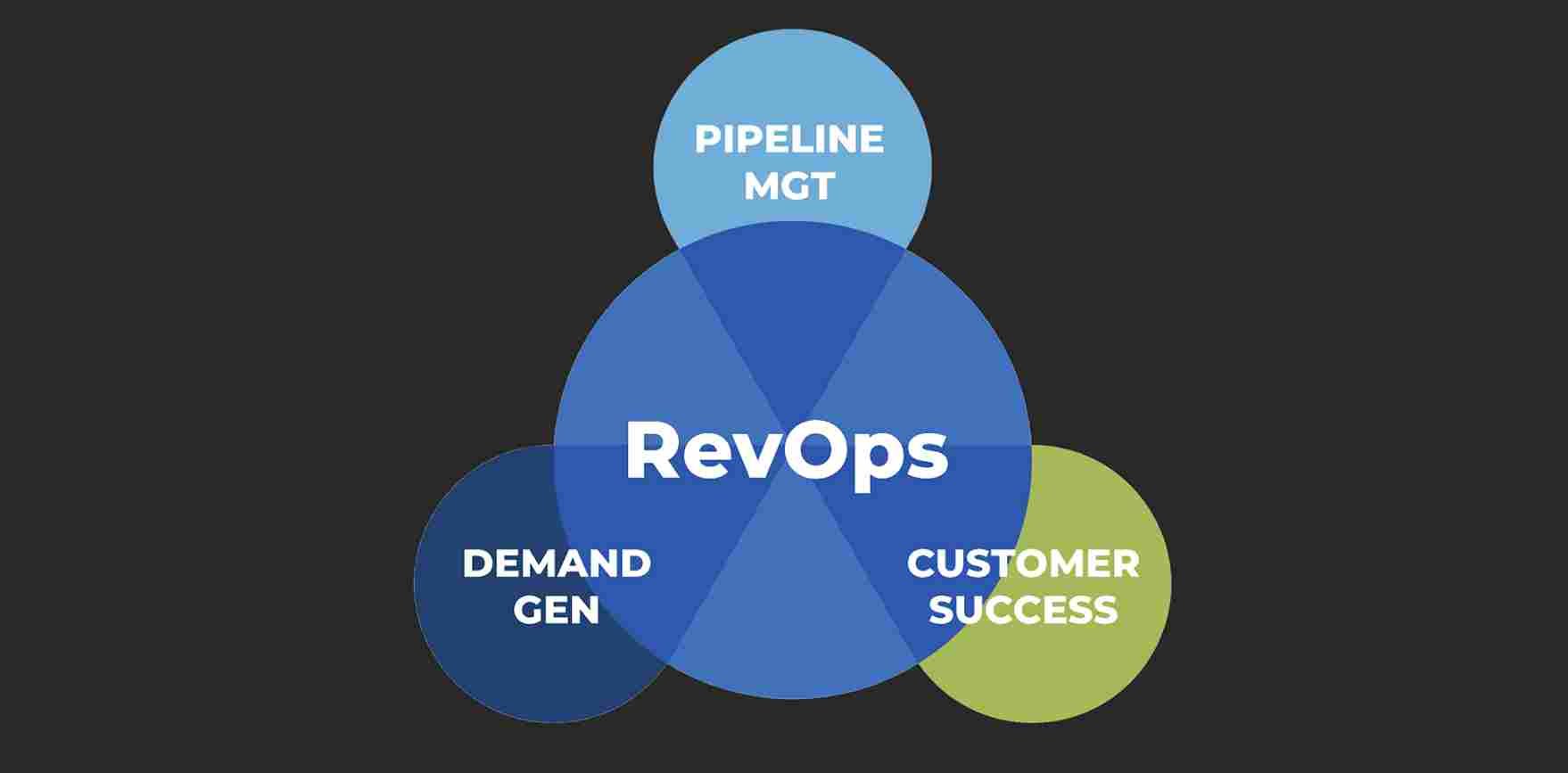How to Use Social Media for Customer Engagement
In today’s digital landscape, engaging customers on social media is more than just a trend; it’s a crucial component of a successful marketing strategy. Social media platforms offer unique opportunities for brands to connect with their audience, foster relationships, and drive loyalty. Mastering the art of using social media for engagement can significantly enhance customer interactions and contribute to long-term success. Here’s a comprehensive guide to leveraging social media to boost customer engagement.
Crafting Compelling Content
The foundation of customer interaction strategies on social media starts with content. To capture attention and encourage interaction, your content must be both relevant and compelling. Tailor your messages to resonate with your target audience, ensuring they address their interests and needs. Utilize a mix of content types, including videos, infographics, and interactive polls, to keep your audience engaged.
Visual content is particularly effective in grabbing attention. High-quality images and videos can convey your message more powerfully than text alone. Consider creating behind-the-scenes content, tutorials, or live streams to offer your audience a closer look at your brand and its values.
Building a Community
Engagement goes beyond posting content; it’s about building a community. Social media for customer engagement thrives on creating a space where your audience feels valued and heard. Foster this sense of community by actively participating in conversations, responding to comments, and addressing customer inquiries promptly.
Encourage user-generated content by running contests or asking your audience to share their experiences with your brand. This not only increases engagement but also helps build trust and authenticity. Showcasing customer stories or testimonials can reinforce positive perceptions and enhance your brand’s credibility.
Utilizing Interactive Features
Social media platforms offer a range of interactive features designed to boost engagement. Leverage these tools to create a more dynamic and participatory experience for your audience. Features such as polls, quizzes, and live Q&A sessions can drive interaction and provide valuable insights into your audience’s preferences and opinions.
For instance, Instagram Stories and Facebook Live offer real-time interaction opportunities, allowing you to connect with your audience instantly. Use these features to host live events, answer questions, or provide exclusive content. The immediacy of these interactions helps strengthen the connection between your brand and your customers.
Personalizing Interactions
Personalization is key to successful engagement. Customer interaction strategies should focus on making each interaction feel tailored and relevant. Use data and insights to segment your audience and deliver personalized content that speaks directly to their interests and behaviors.
Respond to comments and messages with a personal touch. Addressing customers by name and acknowledging their specific concerns or feedback demonstrates that you value their input. This personalized approach can significantly enhance the customer experience and foster long-term loyalty.
Analyzing and Adapting
To continuously improve your using social media for engagement efforts, it’s essential to monitor and analyze your performance. Utilize social media analytics tools to track key metrics such as engagement rates, click-through rates, and conversion rates. These insights can help you understand what’s working and what needs adjustment.
Regularly review your engagement metrics to identify trends and patterns. For example, if certain types of content consistently generate higher engagement, consider focusing more on those formats. Adapt your strategy based on these findings to ensure you’re meeting your audience’s evolving needs and preferences.
Encouraging Feedback and Dialogue
Encourage open dialogue with your audience to gain valuable feedback and foster a sense of community. Ask for opinions, conduct surveys, and actively listen to your audience’s suggestions. This feedback can provide insights into areas for improvement and help you better align your content and engagement strategies with customer expectations.
Respond to feedback constructively and use it to make meaningful changes. Showing that you value customer input and are willing to act on it can strengthen your relationship with your audience and enhance overall engagement.
Leveraging Influencer Partnerships
Collaborating with influencers can also boost customer interaction strategies and enhance your brand’s reach. Influencers can help amplify your message and engage their own followers with authentic content. Choose influencers who align with your brand values and have a genuine connection with their audience.
Work with influencers to create sponsored content, host giveaways, or participate in joint campaigns. Their endorsement can introduce your brand to new audiences and add credibility to your engagement efforts.
Conclusion
Engaging customers on social media requires a strategic approach that combines compelling content, community-building, and personalized interactions. By leveraging interactive features, analyzing performance, and encouraging feedback, you can create a dynamic and engaging presence on social media. Embrace these strategies to foster meaningful connections with your audience and drive lasting customer loyalty.





